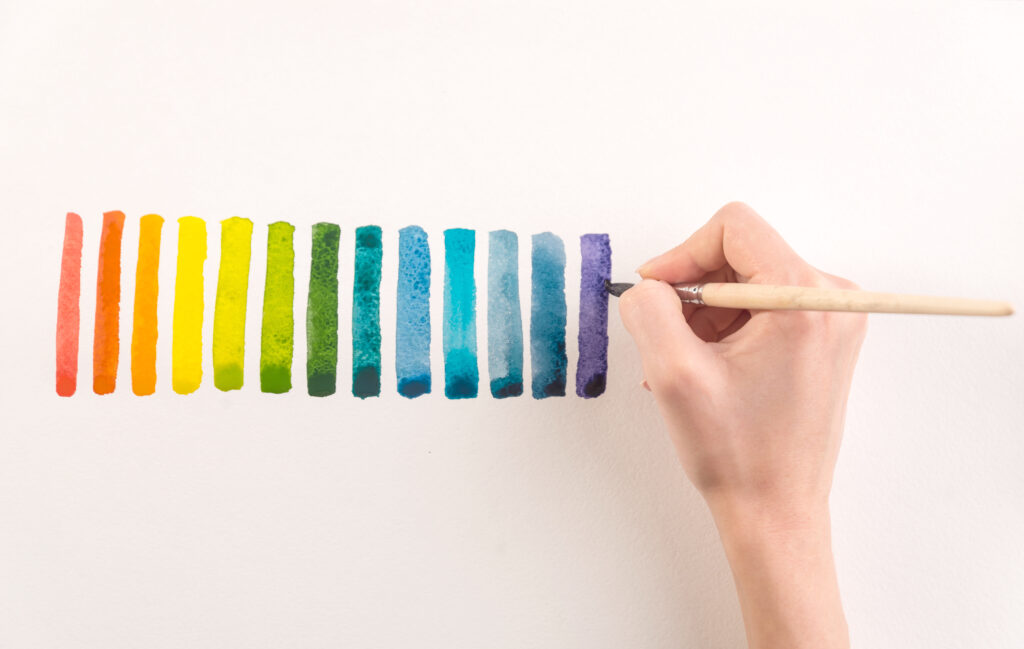A company’s logo is much more than a visual symbol; it’s the cornerstone of its branding strategy. Every aspect of a logo, from its fonts to its colors, shapes, and lines, has a psychological impact on potential customers, influencing how they perceive the brand and make purchasing decisions. By understanding the psychology behind branding, businesses can create logos that resonate deeply with their target audience and reinforce their identity.
The Role of Fonts in Logo Psychology
Fonts are not just functional; they carry emotional weight. The choice of font can significantly influence how customers perceive a brand. For example, Serif fonts like Times New Roman exude tradition and reliability, making them ideal for industries that value stability. In contrast, Sans Serif fonts like Arial communicate modernity and simplicity, suitable for tech and contemporary brands.
Consider playful fonts such as Comic Sans or script fonts like Brush Script. These evoke feelings of fun and creativity, which might work well for brands targeting younger audiences. However, readability should always be a priority—a logo’s message is lost if its text is illegible. Brands should align their font choices with the personality they want to convey, ensuring a harmonious blend with the overall branding strategy.
The Impact of Colors on Emotions

Colors are powerful tools for evoking emotions and shaping perceptions. Each color carries inherent psychological associations that can enhance a logo’s message:
- Red: Passion, excitement, and urgency, often used in the food and retail industries.
- Blue: Trust, professionalism, and calmness, frequently seen in corporate and healthcare logos.
- Yellow: Optimism and energy, often associated with youth-oriented brands.
- Green: Growth, balance, and eco-friendliness, ideal for health and sustainability sectors.
Combining colors also creates unique effects. Monochromatic schemes maintain simplicity and unity, while contrasting colors can grab attention and convey vibrancy. For instance, a tech company might use a sleek combination of blue and white for a modern and trustworthy branding, whereas a children’s brand might opt for a rainbow palette to convey playfulness.
Read 7 Important Elements for a Strong Branding Strategy
Shapes and Their Subconscious Messages
Shapes play a pivotal role in logo design, subtly influencing how a brand is perceived:
- Circles: Represent unity, infinity, and softness. Circular logos often feel harmonious and approachable.
- Squares and Rectangles: Convey stability, reliability, and order. They are perfect for brands that want to project strength and dependability.
- Triangles: Denote power and direction, with meanings shifting based on orientation. Upward-facing triangles symbolize growth, while downward-facing ones can imply instability.
Abstract and organic shapes add a layer of creativity and uniqueness. For example, a spa might use organic shapes resembling leaves or water ripples to evoke calmness and nature.
The Influence of Lines on Perception
Lines within a logo can also communicate various attributes:
- Straight lines: Suggest order and professionalism, often seen in minimalist designs.
- Curved lines: Imply flexibility and dynamism, making them suitable for brands emphasizing creativity.
- Diagonal lines: Exude energy and movement, ideal for brands promoting action and innovation.
The thickness of lines matters as well. Thin lines feel delicate and elegant, while bold lines command attention and suggest strength.
Every detail in a logo—fonts, colors, shapes, and lines—is a deliberate choice that impacts branding and audience perception. Thoughtful logo design rooted in psychological principles helps businesses craft a branding tool that not only looks appealing but also communicates their values effectively. By leveraging the psychology of design, companies can build stronger connections with their audience and ultimately drive purchasing decisions.
At Brandcrafter, we specialize in creating logos that encapsulate your brand’s identity and connect with your audience. Let us help you craft a design that truly speaks to your customers.

